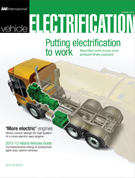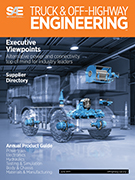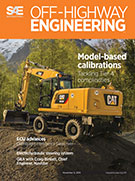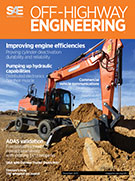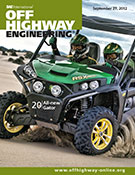Magazine

SEP 2011 AUTOMOTIVE DESIGN
2011-09-30
Spotlight on Sanjay Ravi Mark Fletcher discovers how The Cloud can help the automotive industry Powering Aspirations Ian Adcock reviews technologies at this year's Frankfurt motor show Stop-Start Breakthrough Kami Buchholz reports on an innovative Schaeffler stop-start for automatics

